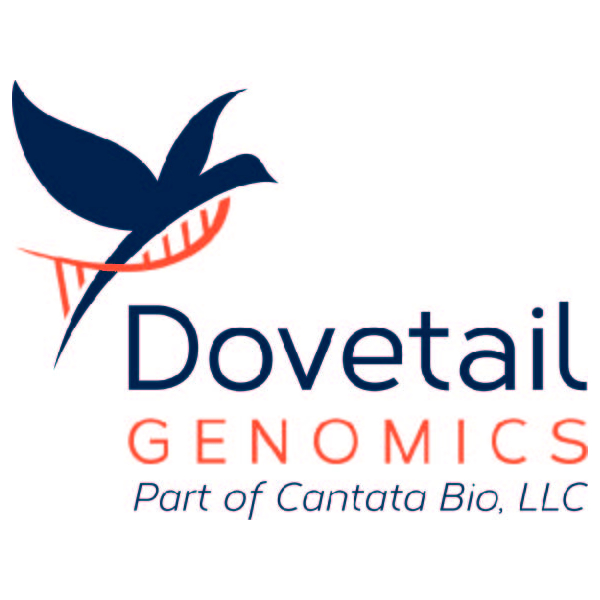
Barcelona, 1 Feb 2022.- In a perspective paper published in Trends in Ecology and Evolution, the European Reference Genome Atlas (ERGA) consortium highlights the need and importance of reference genomes in the context of conservation biology, revolutionizing the conservation genomics era.
The ERGA is a moonshot proposal to generate reference-quality genomes for the entire biodiversity across the European continent (~200,000 species). Threatened, endemic and iconic species as well as those important for agriculture, fisheries, pest control, and for the function and stability of ecosystems are considered critical biodiversity by ERGA. Yet, reference-quality genomes are available for only a small fraction of European species.
Along with over 600 researchers across 48 countries throughout Europe, researchers at the Centro Nacional de Análisis Genómico (CNAG-CRG) in Barcelona have built the ERGA consortium to provide the necessary transdisciplinary and transborder community of experts to bridge this gap.
“To save, restore, and respect biodiversity we need to understand it, the European Reference Genome Atlas will establish key data to advance this much-needed knowledge” says Robert Waterhouse, ERGA Vice-Chair and researcher at the University of Lausanne.
Genomic research that uses genetic material to study individual organisms, populations and ecosystems greatly benefits from reference-quality genomes by generating insight into the evolutionary make-up and adaptive potential of a species. The accuracy of these genomic resources significantly advances all fields of biological research and innovation. Analysing a species’ genomic diversity can serve as an early warning system to estimate resilience, predict declines and finally aids the strategic planning of conservation measures.
The CNAG-CRG is carrying out the sequencing of many species as part of a pilot project in reference genome sequencing and assembly across Europe. Tyler Alioto, leader of the Genome Assembly and Annotation team at CNAG-CRG, is co-coordinating the ERGA Sequencing and Assembly Committee as well as leading the technical working group for the Catalan Initiaitve for the Earth Biogenome Project, an EBP-affiliated project that is also a partner project of ERGA.
“Aside from producing genome assemblies, my team is contributing to the development of ERGA genome assembly pipelines and establishment of genome annotation guidelines”, says Tyler Alioto. “It is an exciting time for biodiversity genomics and I am excited to take part in and drive forward this important new initiative.”
As a reference genome analysis center in Europe, the CNAG-CRG is an essential partner in ERGA. Other researchers involved in the initiative are Marta Gut, Head of the Sequencing Unit, Tomás Marquès-Bonet, leader of the Comparative Genomics group - who has a double affiliation at the IBE and the CNAG-CRG - and Ivo Gut, director of the centre and leader of the Biomedical Genomics group.
Work of reference











